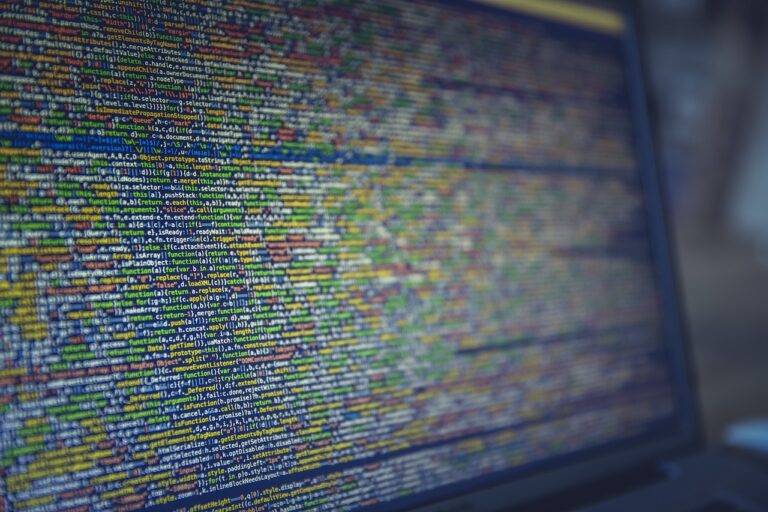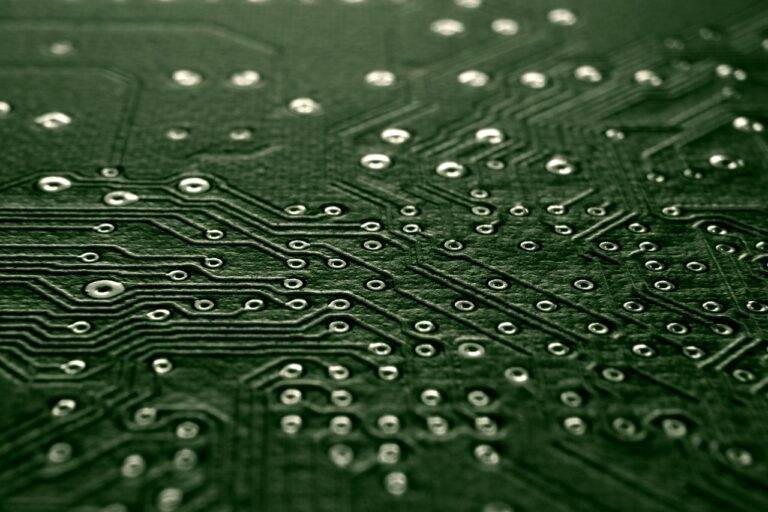Drone Technology: Applications and Regulations
Drone technology has rapidly emerged as a game-changer in various industries, offering a wide range of applications and opportunities. From aerial photography and mapping to agricultural monitoring and package delivery, drones are revolutionizing how we work, play, and interact with the world around us. However, along with the benefits come concerns about safety, privacy, and regulatory compliance. Understanding the applications and regulations surrounding drone technology is essential for both businesses and individuals looking to leverage its potential.
Applications of Drone Technology
Drones have applications across numerous industries, including:
-
Aerial Photography and Videography: Drones equipped with high-resolution cameras are used for capturing stunning aerial photographs and videos for various purposes, including filmmaking, real estate marketing, and environmental monitoring.
-
Mapping and Surveying: Drones equipped with GPS and imaging sensors can create detailed maps and 3D models of terrain, buildings, and infrastructure, making them valuable tools for urban planning, construction, and land surveying.
-
Agriculture: Drones are used in agriculture for crop monitoring, pest detection, and precision agriculture. By collecting aerial imagery and sensor data, drones help farmers optimize crop yields, reduce inputs, and increase efficiency.
-
Search and Rescue: Drones equipped with thermal imaging cameras and sensors are used for search and rescue operations in remote or hazardous environments, helping to locate missing persons or detect heat signatures from survivors.
-
Infrastructure Inspection: Drones are used for inspecting bridges, pipelines, power lines, and other infrastructure, allowing inspectors to assess condition, identify defects, and prioritize maintenance and repairs.
Regulations and Legal Considerations
As drone technology has become more accessible and widespread, governments around the world have implemented regulations to ensure safe and responsible use of drones. Some key regulations and legal considerations include:
-
Registration: In many countries, drones must be registered with the aviation authority and display a registration number on the aircraft.
-
Flight Restrictions: Drones are subject to flight restrictions, including altitude limits, no-fly zones (such as airports and military installations), and restricted airspace.
-
Remote Identification: Some countries require drones to have remote identification systems that broadcast information about the aircraft and its operator to authorities.
-
Operator Certification: Pilots of commercial drones may need to obtain certification or licenses from the aviation authority, demonstrating their knowledge of aviation regulations and safe operating practices.
-
Privacy: Drones raise concerns about privacy, as they can capture images and video footage of people and property without consent. Operators must respect individuals’ privacy rights and comply with relevant privacy laws and regulations.
Benefits and Challenges
Drones offer numerous benefits, including:
-
Cost Savings: Drones can perform tasks more quickly and affordably than traditional methods, saving time, labor, and resources.
-
Efficiency: Drones can access hard-to-reach or hazardous areas, collect data from multiple vantage points, and perform tasks with precision and accuracy.
-
Safety: Drones can reduce the need for humans to perform dangerous or repetitive tasks, improving safety and reducing the risk of accidents and injuries.
-
Innovation: Drones enable new applications and opportunities across various industries, driving innovation and economic growth.
However, drones also pose challenges and risks, including:
-
Regulatory Compliance: Navigating complex and evolving regulations can be challenging for drone operators, particularly in industries with stringent safety and privacy requirements.
-
Safety Concerns: Drones can pose safety risks to people, property, and other aircraft if not operated safely and responsibly.
-
Privacy Issues: Drones raise concerns about privacy and surveillance, prompting calls for stricter regulations and safeguards to protect individuals’ rights.
-
Security Risks: Drones can be used for malicious purposes, such as espionage, smuggling, or terrorism, highlighting the need for measures to mitigate security risks and protect against unauthorized use.
Conclusion
Drone technology offers tremendous potential to transform industries and improve lives, but its adoption must be accompanied by responsible use and adherence to regulations. By understanding the applications and regulations surrounding drone technology, businesses and individuals can harness its benefits while mitigating risks and ensuring compliance with legal and ethical standards.
FAQs
Q: What are some common applications of drone technology?
A: Some common applications of drone technology include aerial photography, mapping and surveying, agriculture, search and rescue, and infrastructure inspection.
Q: What regulations govern the use of drones?
A: Regulations governing the use of drones vary by country but typically include registration requirements, flight restrictions, operator certification, and privacy considerations.
Q: What are some benefits of drone technology?
A: Some benefits of drone technology include cost savings, efficiency, safety, and innovation.
Q: What are some challenges associated with drone technology?
A: Some challenges associated with drone technology include regulatory compliance, safety concerns, privacy issues, and security risks.
As drone technology continues to evolve and mature, it will be important for stakeholders to work together to address challenges, foster innovation, and ensure that drones are used responsibly and ethically for the benefit of society.





